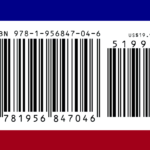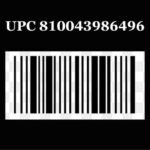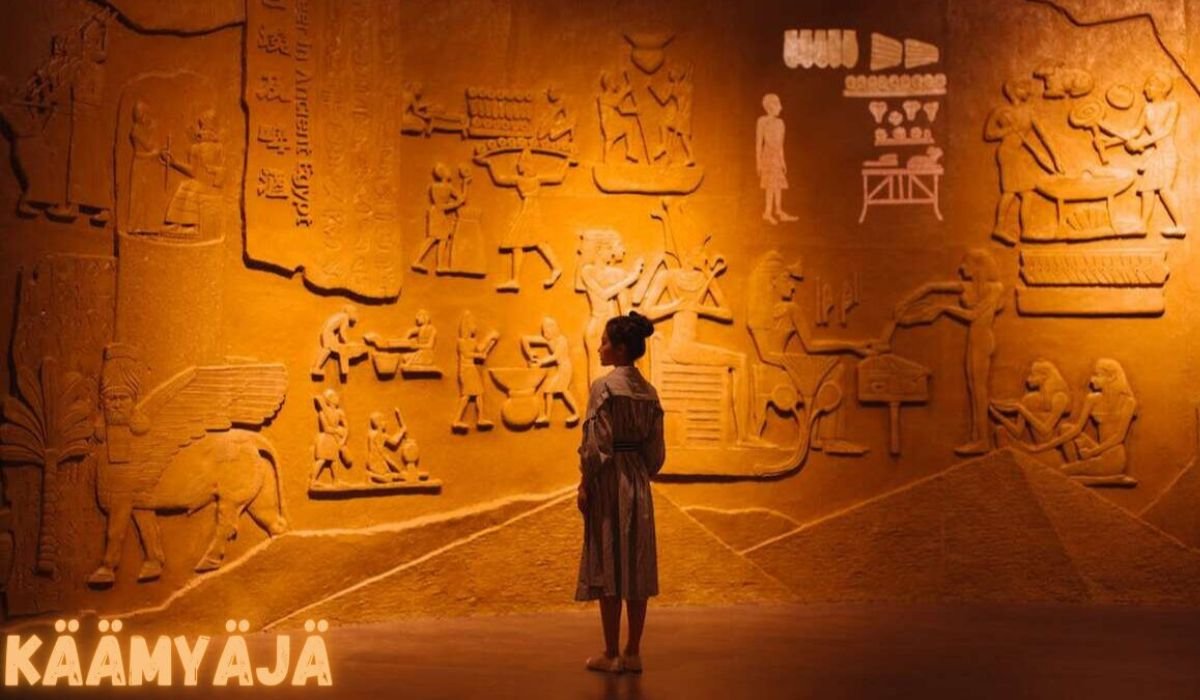Introduction
Imagine attending an international conference where every speaker speaks a different language. Suddenly, you hear a phrase that resonates deeply, but it’s just out of reach because of the language barrier. This moment highlights a universal truth: effective communication is vital, yet language can often be a formidable barrier. This is where the art of übersetzen (translation) comes into play, transforming confusion into clarity and connection.
Übersetzen is not merely about converting words from one language to another; it encompasses conveying meaning, culture, and intent. In our increasingly interconnected world, the significance of translation is undeniable. It allows us to communicate across borders, share ideas, and foster understanding among diverse cultures.
The Art of Übersetzen
Cultural Nuances
When we talk about übersetzen, we must first consider the cultural nuances that shape language. Each language carries its own idioms, expressions, and cultural references. For instance, the English phrase “kick the bucket” conveys a humorous sense of dying, but translating it literally into another language could lead to confusion. An effective translator understands these cultural contexts and can convey the intended meaning accurately, adapting expressions when necessary.
Accuracy and Precision
Accuracy is paramount in translation. A small error can lead to miscommunication or misunderstanding, especially in critical fields like legal or medical translation. For example, the difference between “prescription” and “description” can have significant implications. Therefore, a translator must be meticulous, ensuring that every term is translated precisely, preserving the original message’s integrity.
Fluency and Naturalness
Another essential aspect of übersetzen is achieving fluency and naturalness in the target language. A good translation doesn’t just sound correct; it flows like a native speaker’s words. This requires not only a deep understanding of both languages but also an intuitive sense of style and tone. The translator must adapt the text to resonate with the target audience while maintaining the source material’s intent.
Types of Übersetzen
Written Translation
Written translation includes converting documents, articles, and books. This type requires a deep understanding of both the subject matter and the languages involved. Whether translating a legal contract or a literary novel, the translator must balance accuracy with stylistic elements to ensure the translated text is both faithful and engaging.
Oral Translation
Oral translation, also known as interpreting, involves translating spoken language in real-time. This can occur in various settings, from conferences to business meetings. Interpreters must be quick thinkers, able to convey messages accurately and promptly while also picking up on non-verbal cues and cultural context.
Technical Translation
Technical translation focuses on specialized texts, such as scientific, legal, or medical documents. This area requires a translator to have specific knowledge in the field, ensuring they can accurately convey complex terminology and concepts. For instance, translating a medical report necessitates not only language skills but also an understanding of medical jargon.
Tools and Technologies
Translation Software
In the modern world, translation software plays a crucial role in the translation process. Tools like SDL Trados and MemoQ help translators manage their projects efficiently, offering features like glossaries, terminology management, and project tracking. These tools streamline the workflow, enabling translators to deliver high-quality work more efficiently.
Machine Translation
Machine translation has evolved significantly with advancements in artificial intelligence. Tools like Google Translate and DeepL can provide instant translations, often helping users with basic comprehension. However, while machine translation can be useful for quick references, it often lacks the accuracy and nuance that a human translator provides.
Translation Memory Systems
Translation memory systems (TMS) are invaluable in enhancing efficiency and consistency. These systems store previously translated segments, allowing translators to reuse translations for recurring phrases or terminology. This not only speeds up the process but also ensures uniformity across projects, which is particularly important in large-scale translations.
Challenges and Best Practices
Common Translation Challenges
Translators face several challenges, including ambiguity in the source text, cultural differences, and the ever-evolving nature of language. Each language has its own complexities, and finding equivalent expressions can be daunting. For instance, humor often doesn’t translate well across cultures, posing a unique challenge.
Quality Assurance
Ensuring quality in translation is crucial. This can be achieved through proofreading, peer reviews, and using checklists to verify terminology and style. Establishing a solid quality assurance process can significantly reduce errors and improve overall translation quality.
Professional Ethics
Adhering to ethical standards is vital in the translation industry. Translators must respect confidentiality, especially when dealing with sensitive documents. They should also avoid conflicts of interest and ensure that their translations are impartial and accurate.
Career Paths in Übersetzen
Freelance Translator
Many translators choose to work as freelancers, offering flexibility and the opportunity to select projects that interest them. However, freelance work can also be unpredictable, requiring strong self-discipline and business acumen to manage client relationships and finances effectively.
In-House Translator
Working as an in-house translator for companies or organizations provides stability and collaboration with other professionals. In-house translators often work on specific subjects or projects, deepening their expertise and contributing directly to their organization’s goals.
Translation Agency
Translation agencies play a crucial role in the industry, connecting clients with translators. These agencies often handle large volumes of work and can provide various services, from translation to localization. Working with an agency can offer translators more opportunities and access to diverse projects.
The Future of Übersetzen
Emerging Technologies
As technology continues to advance, the translation industry is evolving rapidly. Emerging technologies, such as artificial intelligence and neural machine translation, are reshaping how translation is done. These innovations promise greater efficiency but also raise questions about the future role of human translators.
Globalization and Cultural Exchange
The demand for translation services is on the rise due to globalization and cultural exchange. As businesses expand into new markets and individuals connect across borders, the need for effective communication grows. Translators are essential in facilitating these interactions, making their role increasingly vital.
Language Preservation
Translation also plays a crucial role in preserving languages and cultures. As languages face extinction, translating literature, oral histories, and cultural texts becomes a means of safeguarding heritage. Translators act as cultural ambassadors, helping to keep languages alive for future generations.
You May Also Like: The Meaning Behind “Simana Jaya Ghadi Diri Les Cours Wela Try”
Conclusion
In summary, übersetzen is much more than just a technical skill; it is an art that requires cultural awareness, precision, and an understanding of context. As the world becomes more interconnected, the importance of translation only continues to grow. Whether it’s written or oral translation, technical or literary, the work of translators helps break down barriers, foster understanding, and promote cultural exchange. In this ever-evolving landscape, embracing new technologies and adhering to ethical standards will ensure that the art of translation remains relevant and impactful.
FAQs
- What does the term “übersetzen” mean? Übersetzen means “to translate” in German. It refers to the process of converting text or speech from one language to another while preserving meaning.
- What are the different types of translation? The main types of translation include written translation, oral translation (interpreting), and technical translation, each requiring different skills and expertise.
- What tools do translators use? Translators commonly use translation software, machine translation tools, and translation memory systems to improve efficiency and accuracy in their work.
- What challenges do translators face? Common challenges include dealing with cultural nuances, maintaining accuracy, and addressing the complexities of language, such as idioms and humor.
- What career paths are available in translation? Translators can work as freelancers, in-house translators for companies, or with translation agencies, each offering unique opportunities and challenges.










